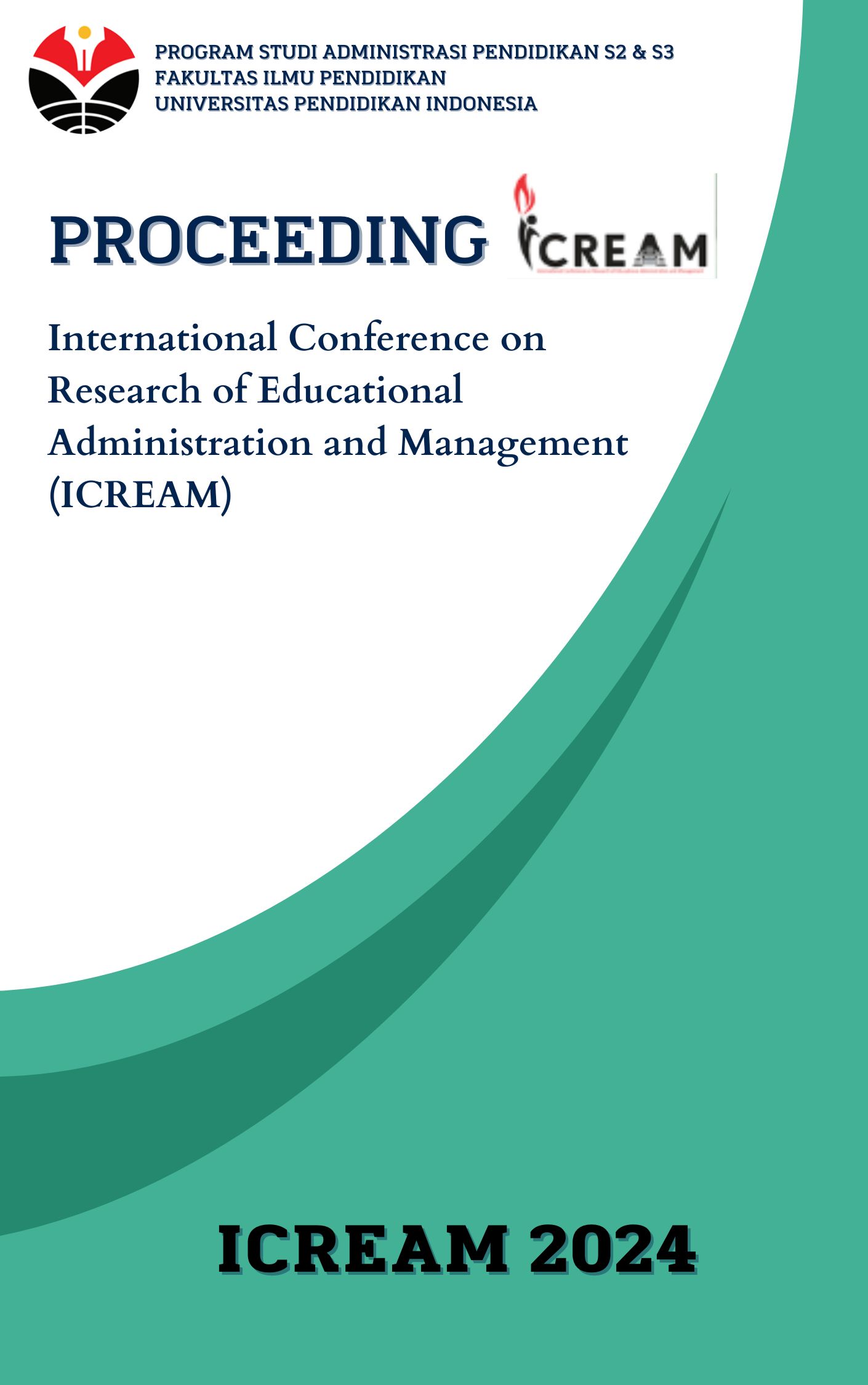Reproductive Health Education as a Strategy for Achieving the Sustainable Development Goal (SDGs)
Abstract
One significant challenge in achieving the Sustainable Development Goals (SDGs) is the limited access to reproductive health education, especially in developing countries. SDG 3 targets good health and well-being, while SDG 4 focuses on quality education, demonstrating their close interconnection. The absence of reproductive health education negatively impacts the realization of other SDGs, such as gender equality (SDG 5) and reducing inequalities (SDG 10). This study aims to analyze the relationship between reproductive health, education, and the SDGs through data visualization methods and network analysis. The methodologies employed include Open Knowledge Maps, Publish or Perish, and VOS viewer. A search was conducted using the keywords “((Health Reproductive) OR (Health reproduction) AND education AND SDGs OR (sustainable Development goals)).” The study identifies patterns and trends in academic literature while exploring interconnections among topics, authors, and key concepts in related research. The visualizations produced were complemented by bibliometric analysis and knowledge mapping to deepen the understanding of research structures and citation patterns in reproductive health. Findings indicate a strong link between reproductive health education and the achievement of SDG targets, particularly concerning good health, gender equality, and quality education. The visualizations from VOS viewer reveal key clusters centered on education, public policy, and reproductive health epidemiology, especially in developing countries. Mapping with Open Knowledge Maps outlines the structure of topics and subtopics, underscoring the crucial role of reproductive health education in enhancing community health and well-being. The study concludes that reproductive health and education are vital for achieving the SDGs and that inclusive, data-driven policy support is necessary. This visualization approach offers valuable insights for policymakers and practitioners to design effective interventions addressing reproductive health needs globally, particularly in developing regions.

